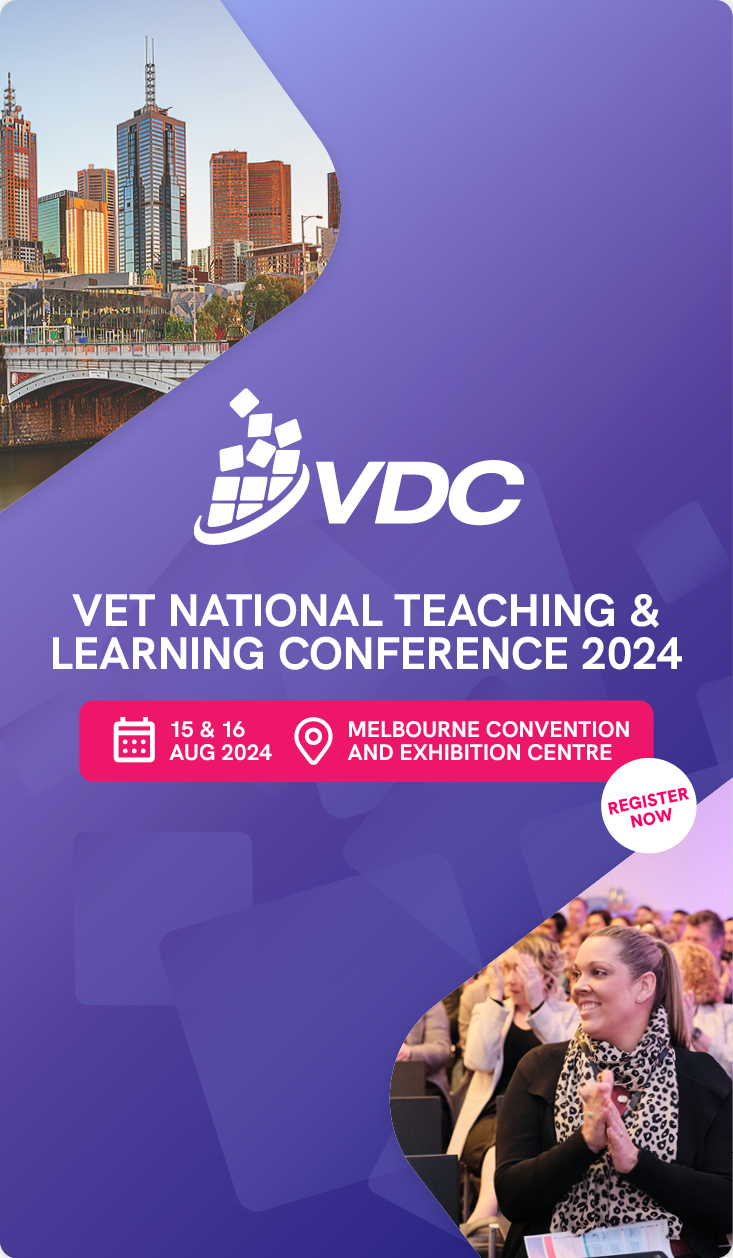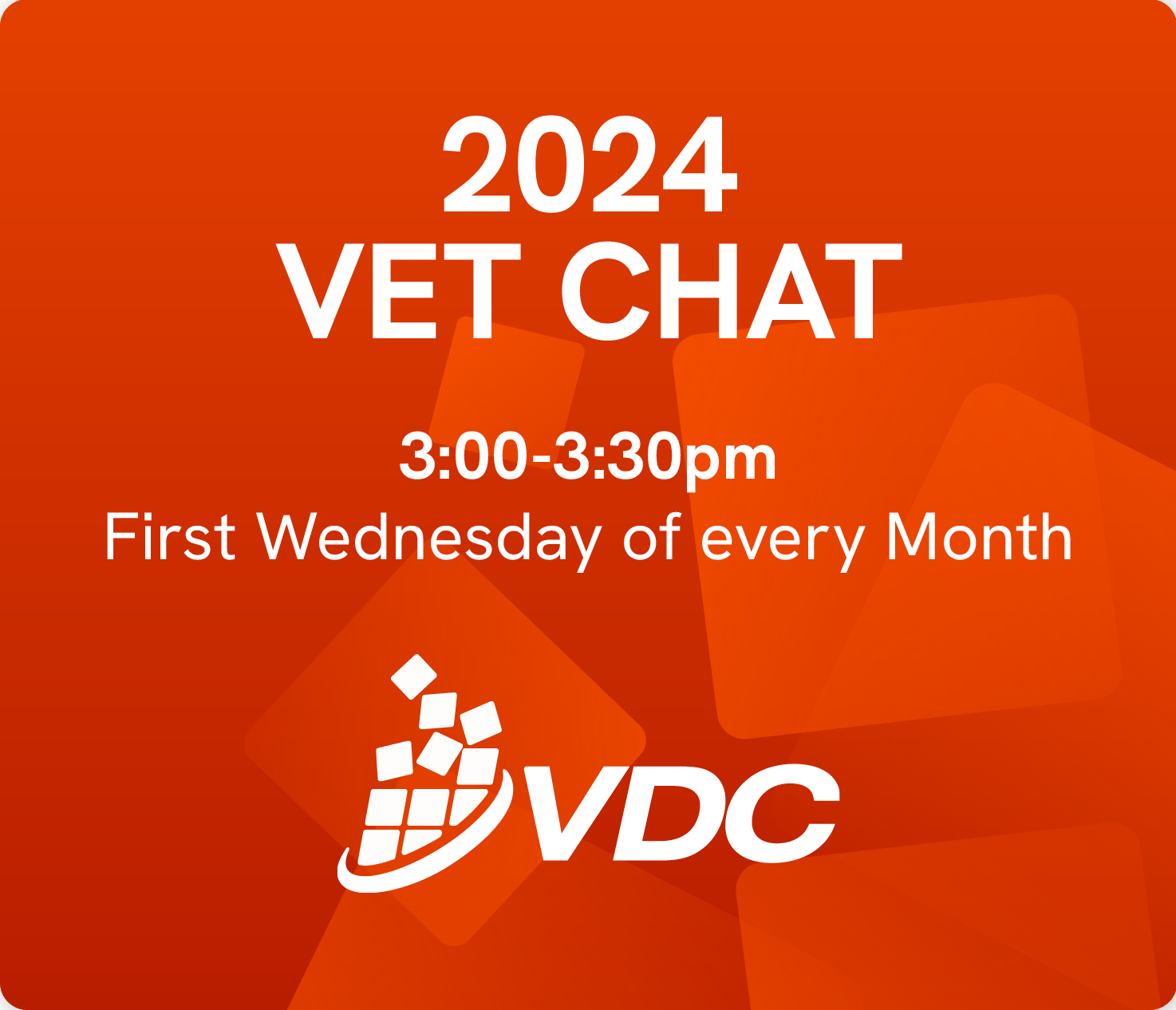Recognition of Prior Learning (RPL) involves assessing someone’s relevant prior learning and existing skills to grant them formal recognition.
But, RPL has limited use, with less than 5% of all successful subject results granted through RPL and less than 3% of all students successfully completed any subjects using it. Why?
The report
Kristen Osborne and Cameron Serich from Australia’s National Centre for Vocational Education Research have authored a report released in June this year entitled ‘Exploring the recognition of prior learning in Australian VET’. It “explores, from a variety of perspectives, the volume and nature of RPL currently granted in the Australian VET system” and they suggest “the process is more complex than it seems.”
RPL’s benefits include saving the individual time or money by reducing the amount of training needed to attain a formal qualification, although the report points out that RPL is not always quicker or cheaper than undertaking the equivalent training. RPL also helps recognize skills gained informally on the job. The downsides are it takes time and expertise, and can involve a fair bit of documentation. Students also may not be aware that they can actually apply for RPL.
The findings
Over the last four years the rate of RPL being granted has fallen, the report found. The proportion of subjects completed by RPL, always low, has fallen from 6.5% in 2015 to 4.8% in 2018. Rates were higher in training programs not linked to an apprenticeship or traineeship, at 5.1%. Apprenticeships and traineeships, in contrast, came in at only 2.5%. The proportion of students receiving RPL also declined from 4.2% in 2015 to 2.7% in 2018. More males than females are granted RPL and, not unexpectedly, rates of RPL are relatively low for those aged 19 years or younger (1.2%), rising to 3.4% for 25-44-year olds and 3% for those aged between 45 and 64. Being employed also helps. In fact, statistical analysis found that “being employed had the greatest effect on the likelihood of RPL being granted.” That’s not really surprising!
States differ in the proportion of RPL granted. Queensland is a biggie at around 9% and the ACT is small at under 2%. Victoria is the second smallest. Training packages, individual qualifications and units of competency (UoC) also differ in the rates of RPL granted, and this likely reflects the nature of those undertaking the training with gender, age, Indigenous status or disability status all playing a part. Overall, however:
“the student analysis found that no single element of a student’s background or characteristics was a strong determinant in the granting of RPL.”
Experience tells me, though, that it is likely that the nature, relevance and ‘recentness’ of previous studies and work will be important. For example, in 2018 the UoC with the highest rate of RPL granted was, ‘Maintain training and assessment information’, from the Training and Education Training Package (TAE) with a rate of 98.8%! Those already holding a qualification at Certificate III and IV also had higher levels of RPL at 4.3% and 4.9% respectively, and at Diploma and above were around 3.7 to 3.8%. Interestingly, though, the rate of RPL granted in Certificate IIIs seems to have dropped in recent years since 2015. Even more interesting, RPL for those holding a bachelor degree or higher was relatively low at 2.6%, and on a par with recognizing prior studies at upper secondary or Certificate II levels. Most likely the new VET studies uni. graduates undertook represent a significant change in field, which may have made the granting of RPL inappropriate.
And now for something completely practical!
The West Australian Department has a Fact Sheet on RPL for RTOs and assessors. They have another one for students. This may be useful if readers don’t know much about the RPL process and want to learn more.








